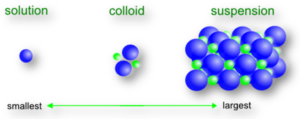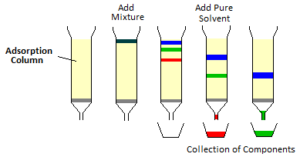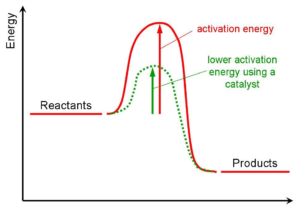Science > Chemistry > Colloids > Colloidal Solutions Depending upon the size of particles in solution, solutions are classified as true solutions, colloidal solutions, and suspensions. In this article, we shall study colloids i.e. colloidal solutions. Historical Background: The foundation of colloidal chemistry was laid by English chemist Thomas Graham in 1861. Other prominent chemists […]
Introduction to Colloids



